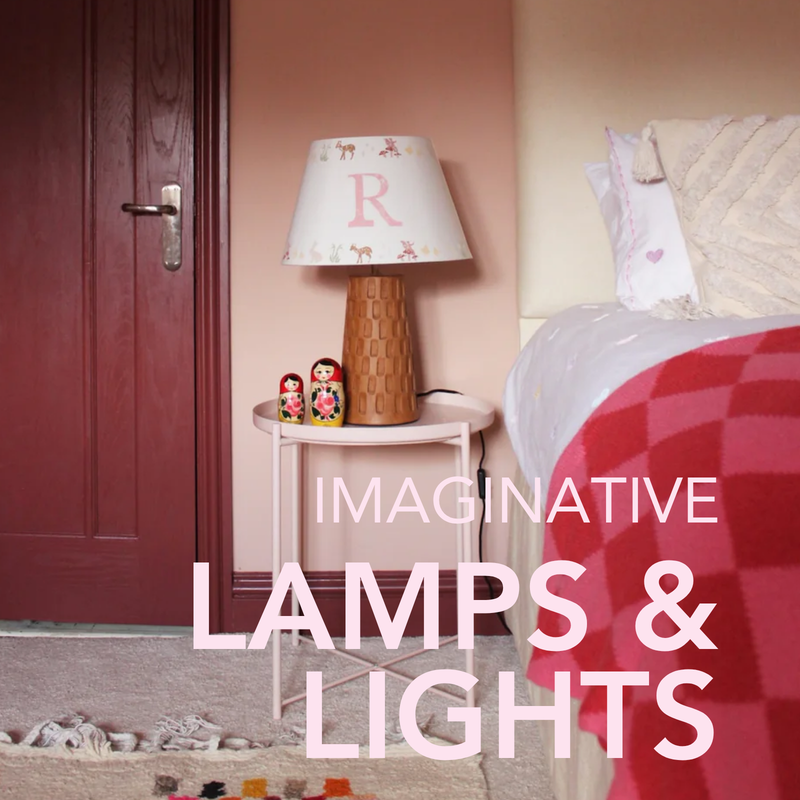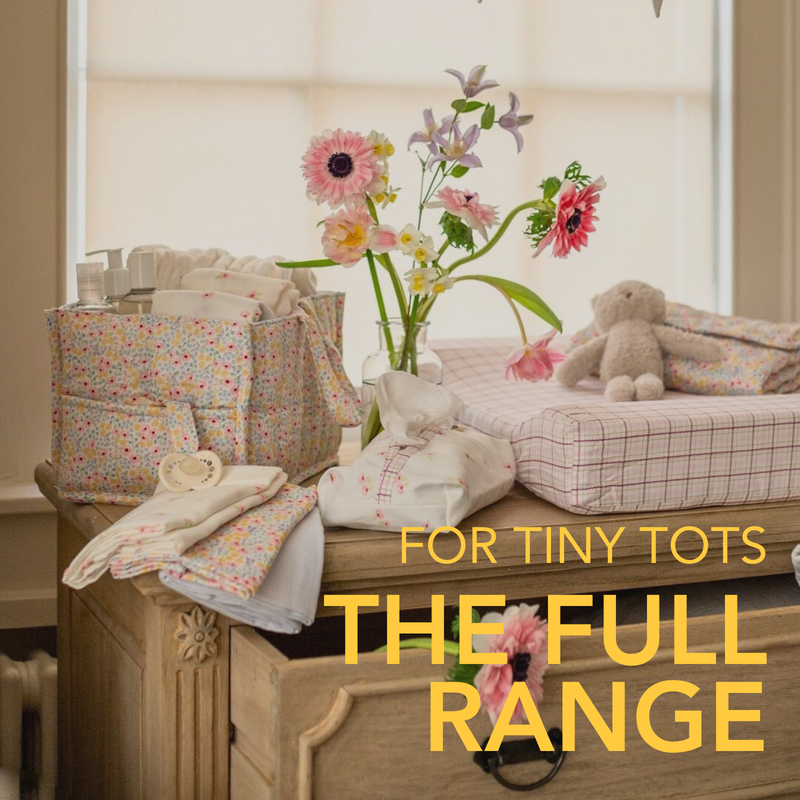This store requires javascript to be enabled for some features to work correctly.

The Designer’s Bookshelf
An exclusive behind-the-scenes look with Emilia Terragni, Associate Publisher at Phaidon Press.
Phaidon books are staples in the homes and studios of interior designers across the world. But what goes into the making of these covetable titles? Who decides which designers to feature, which movements to spotlight, and how a book comes together from concept to final print?
In this exclusive interview, we sat down with Emilia Terragni, Associate Publisher for Architecture, Design, and Food at Phaidon Press, to uncover the invisible craft of book-making—an art form in itself.
By Marie Winckler

Studio Mackereth
What defines a "Phaidon" interior design book?
In our books we feature what we think are the most interesting, creative, and innovative designers, and interiors. It is not a question of taste but of quality. We want to showcase quality and inspirational interiors.
How do you decide which designers, homes, or styles to feature? Is it more about trend, legacy, or something else entirely?
In print publishing trends are tricky, as sometimes we work on a book for several years, and what is the trend of the moment when we conceive a book, could be an old story when we publish it.
As I said it is more about quality that lasts. It is also about showing what is happening and has happened throughout the world, featuring different styles and cultures. It is about discovering new talents and give a voice both to the famous and the unknowns.
Phaidon titles often mix historical reverence with contemporary relevance. How do you strike that balance?
Either old or new the interiors we choose have to be relevant, they could be 100 years old, and still be a source of inspiration. And we find very interesting to mix historical and contemporary to remind how important it is to be timeless.

Can you walk us through the life of a book—how an idea evolves from concept to finished volume?
It all starts with conversations and brainstorming, sometimes we sit down to look for a new concept, sometime while talking about cookbooks, we get to an idea for an interiors book. It is about lateral thinking, being open and receptive, and having a good network of friends and advisors. Once we have an idea that we all agree could work, we need to understand how viable it is and it how we can make a book around and about it. As having a great idea is a good start, but it is not enough to make it into a book.
The process of making a book is very collaborative, we have editors, contributors, and critics we closely collaborate throughout the entire process. Once we have selected the practising designers, we contact them and ask to supply the images. They often ask questions about the book, who else is in, who chose them, etc, sometimes we discuss with them other projects (more recent, more interesting), they think could fit better.
During the selection process we could to many different sources: magazines, websites, books, intsagram, you name it, we ask around, and we rely on a very good global network.

Designed for Life: The World's Best Product Designers Book
What role does physicality play in the reading experience—paper choice, layout, format?
The physicality of a book is very important. The experience of going through the pages is both with your brain, with your eyes and with your hands. You read the texts, you look at the beautiful images, but you also feel the quality of the paper, the texture of the cover.
The layout is essential to the narrative. We tell stories through the editing, position of texts and images, and we use format that are both economical avoiding waste of paper and also suitable to the purpose. A reading book tend to be smaller, while for a mainly picture book we would opt for a bigger format.
Has the digital world changed how you approach book-making at all?
When I started over 20 years ago, monographs were mainly showcasing someone portfolio of works, nowadays website are much better for this purpose. Our books today bring story telling, strong narrative, and point of view, they are more inspirational, and they are made to last, and picked up every now and then for years to come.
What do you think the most important design books of the next decade will look like?
I think it is important to show that design is about solving problems and bringing beauty to our everyday life.

Is there a book you've worked on that felt especially meaningful to you?
What i still find very compelling about my job, is that with every book I learn something we did 2 books with Nike (Better is Temporary and Look Good, Feel Good, Play Good), and it was an incredible experience visiting the campus and learning so much about design and performance, we also did 12 books with Joh. Pawson, and every time there is something i did not know. But it is definitely with the Interior Design books that I discover a new, exciting world I was not familiar with, that gives me so many new ideas.
If you were building your own interior design library from scratch—where would you start?
I would start with surveys that gives me an overview. Defining Style was conceived as an entry point to this world, where through the 25 selected styles the reader can familiarize with a wide selection of interiors approaches, and decide what they want to explore further.







































